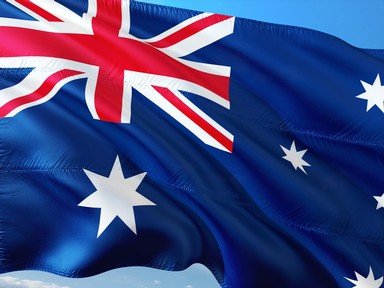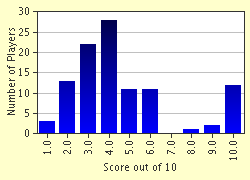Quiz Answer Key and Fun Facts
1. Perhaps the most famous of Australia's 'Women at War' she was wanted by the Gestapo in WWII. What was this woman's code-name?
2. Youngest daughter of an Australian Prime Minister, this woman was responsible for tracing many missing and wounded Australian soldiers during WWI. She volunteered in 1915, just before War broke out. What was her name?
3. Which of the following Australian 'Women at War', born in South Australia in 1915, showed immense courage while a prisoner of war of the Japanese and exemplified the bravery of Australian women during WWII?
4. Nearing the end of the war in Vietnam, volunteers were called on to assist in repatriating orphans from Ton Son Nhut. Which of the following 'Women at War' assisted?
5. Awarded the Member of the Order of Australia (AM) Medal in 1998 was which of the following Australian 'Women at War', born in 1916, who was a prisoner of war from 1942 and was later associated with the RSL?
6. Which of the following survivors of the POW Camps in Sumatra, an Australian 'Woman at War', along with Vivian Bullwinkel, helped establish a nurses memorial centre in Melbourne?
7. Which of the following 'Women at War' served Australia, even though she was a civilian, during the infamous 'Tet Offensive' in Vietnam, after having arrived in Vietnam in 1967?
8. She was a prisoner of war in Japan, post-1942 after serving in Rabaul. This describes which of the following Australian 'Women at War'?
9. Which of the following civilian Australian 'Women at War' served in Bien Hoa hospital, Vietnam in 1966 and 1967?
10. Whilst protecting injured prisoners onboard the 'Empire Star', which of the following Australian 'Women at War' laid her life on the line, literally, and was awarded the George Medal?
Source: Author
Engadine
This quiz was reviewed by FunTrivia editor
thejazzkickazz before going online.
Any errors found in FunTrivia content are routinely corrected through our feedback system.

